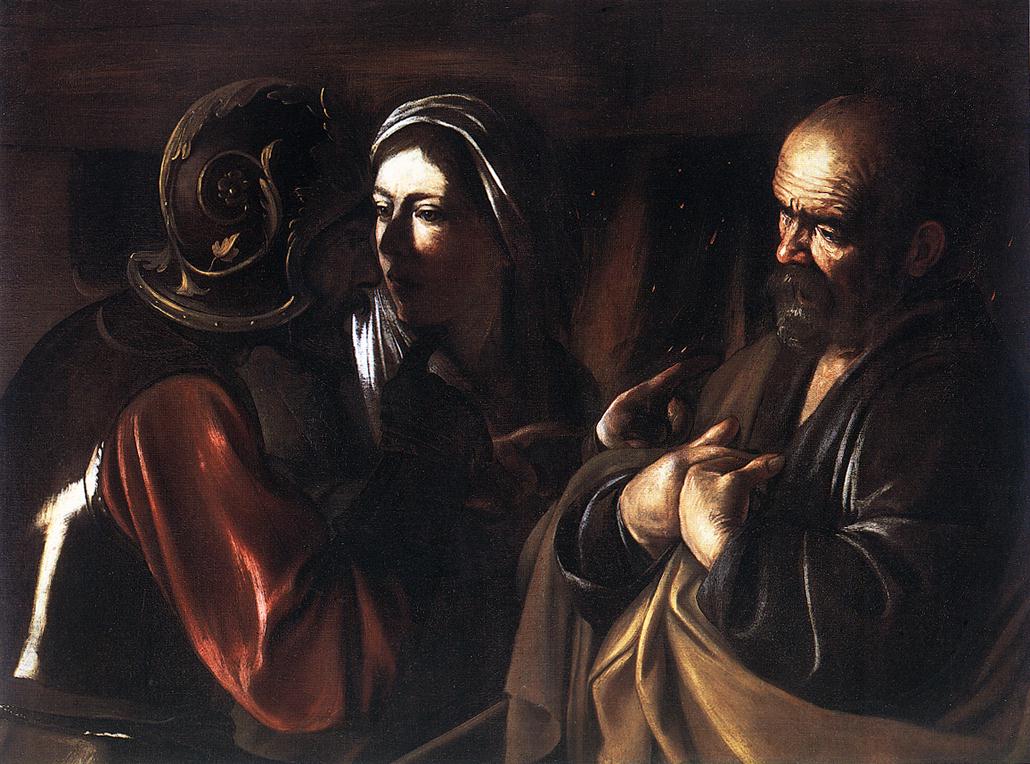
This just in from St Francis de Sales Seminary in the Archdiocese of Milwaukee:
Today, just like in Biblical times, faithful women play an important role in the vitality and future of our Catholic Church. The de Chantal Society is a newly founded group for women who are passionate about supporting the Church, raising their children and grandchildren in the faith, and supporting vocations. The group is named after St Jane Frances de Chantal, a 16th century woman who was inspired by St Francis de Sales to start the Order of the Visitation of Holy Mary.
If you are local, you can check out their meeting schedule here.







